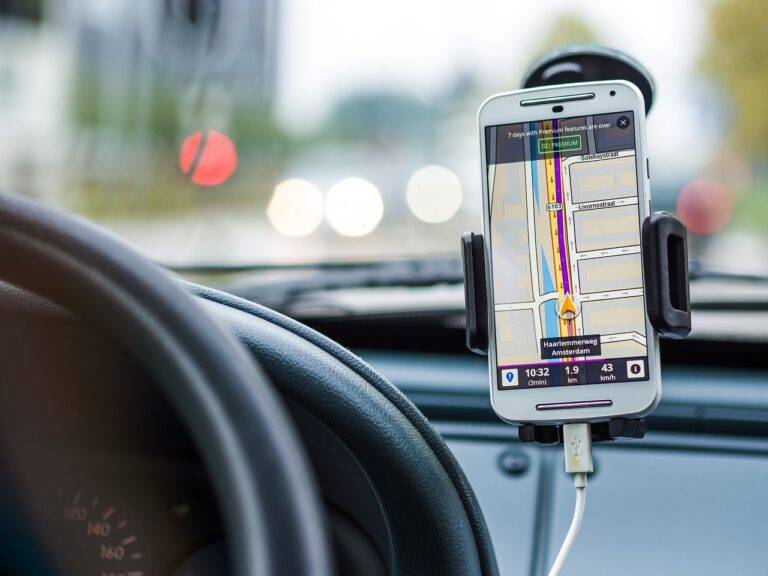Tech Trends in Augmented Reality Marketing
Augmented Reality (AR) has emerged as a significant tool for marketers to engage consumers in innovative ways. By blending digital elements with the real world, AR creates immersive experiences that captivate audiences and drive brand awareness. Marketers are leveraging AR to provide interactive product demonstrations, offer virtual try-on experiences, and enhance storytelling in ways that traditional marketing methods cannot match.
Moreover, AR has the potential to bridge the gap between online and offline shopping experiences. By using AR technology, brands can offer virtual fitting rooms, showcase products in real-world settings, and provide personalized recommendations based on individual preferences. This level of customization and interactivity not only enhances the buying process for consumers but also allows marketers to collect valuable data for targeted advertising strategies.
The Rise of AR Advertising Campaigns
Augmented Reality (AR) technology has transformed the landscape of advertising campaigns in recent years. Brands are increasingly leveraging AR to create interactive and immersive experiences for their target audience, enhancing engagement and brand recall. With AR, marketers can blur the lines between the digital and physical worlds, offering consumers a unique and memorable way to interact with their products or services.
One of the key advantages of AR advertising campaigns is their ability to drive customer engagement and generate buzz around a brand. By incorporating AR elements into their marketing strategies, companies can captivate consumers’ attention and stand out in a crowded marketplace. Furthermore, AR allows brands to gather valuable data and insights on consumer behavior, enabling them to tailor their campaigns for maximum impact and ROI.
What is augmented reality (AR) and how does it work in advertising campaigns?
Augmented reality (AR) is a technology that superimposes computer-generated images onto the user’s view of the real world. In advertising campaigns, AR can be used to create interactive and engaging experiences for consumers by overlaying digital content onto the physical environment.
How are marketers leveraging AR in their advertising campaigns?
Marketers are leveraging AR in their advertising campaigns to create immersive and interactive experiences for consumers. This technology allows brands to engage with their target audience in a more innovative and memorable way, ultimately driving brand awareness and customer engagement.
What are some examples of successful AR advertising campaigns?
Some examples of successful AR advertising campaigns include IKEA’s “Place” app, which allows users to see how furniture would look in their homes before making a purchase, and Pepsi’s “Pepsi Max Unbelievable” campaign, which used AR to create a viral video of a tiger roaming the streets of London.
How can businesses incorporate AR into their advertising strategies?
Businesses can incorporate AR into their advertising strategies by partnering with AR developers to create custom experiences for their target audience, leveraging social media platforms to promote AR campaigns, and measuring the success of their campaigns through metrics such as engagement and brand recall.
What are the benefits of using AR in advertising campaigns?
The benefits of using AR in advertising campaigns include increased consumer engagement, enhanced brand awareness, and the ability to create memorable and shareable experiences for customers. Additionally, AR can help brands differentiate themselves from competitors and stay ahead of the curve in terms of technology and innovation.





